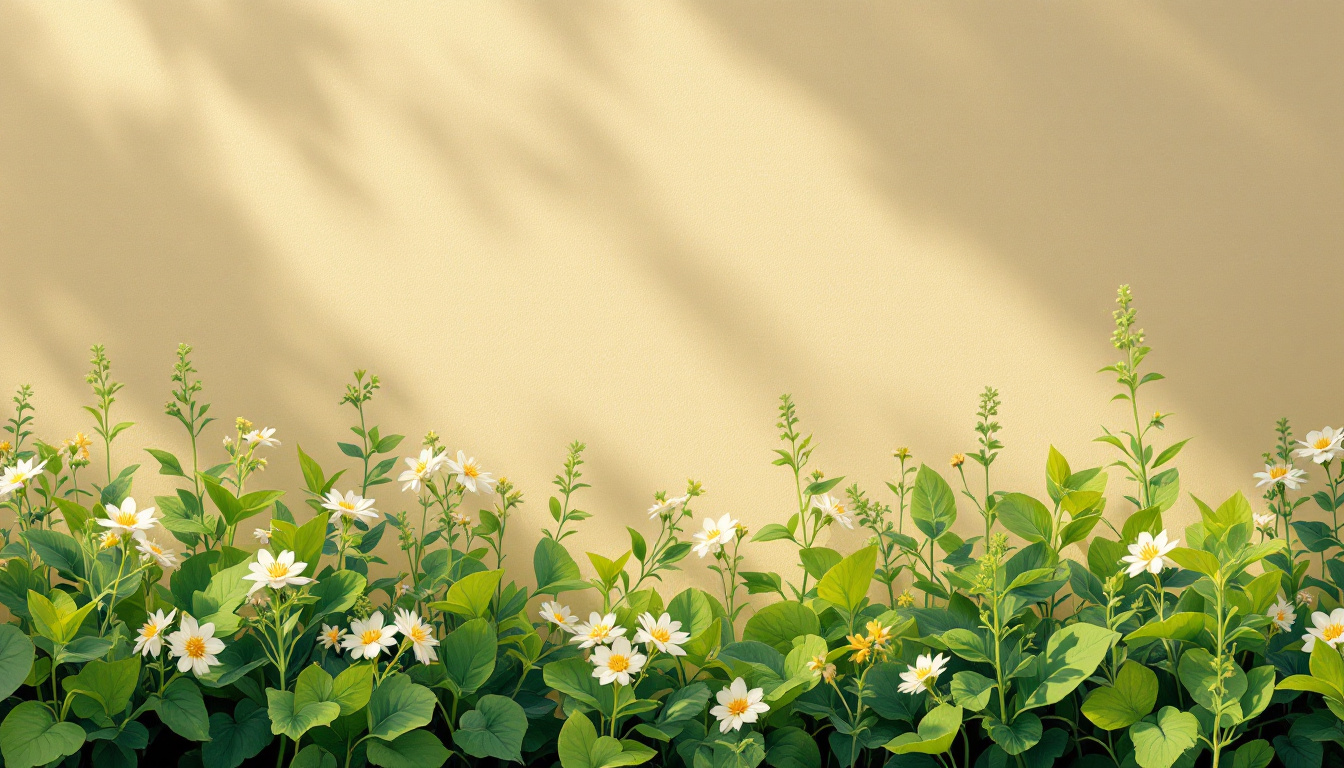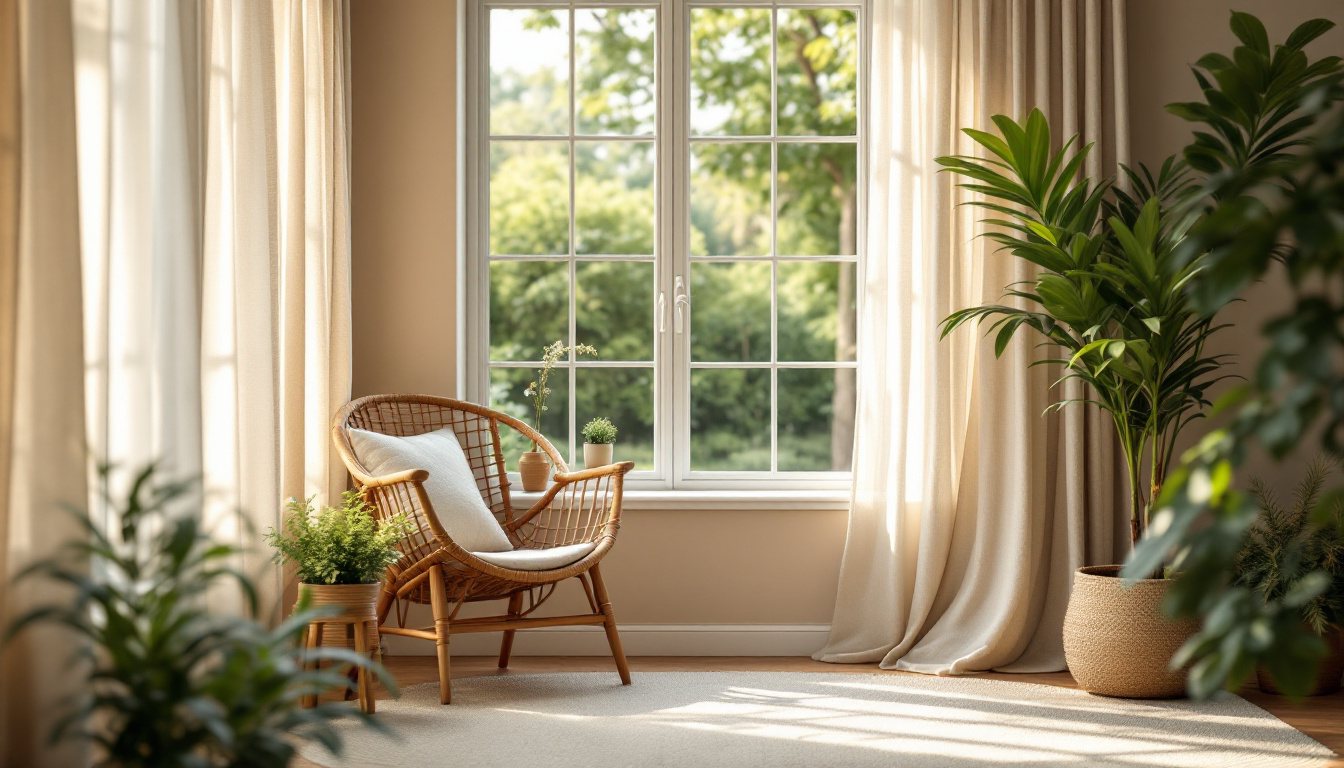The Role of Serenity in Enhancing Your Creativity
Unlocking Creativity Through Calmness

Introduction
In a world where constant noise and activity often take center stage, the practice of achieving serenity might seem like a distant goal. Yet, cultivating calmness is more crucial than ever, especially when it comes to enhancing creativity. Serenity not only soothes the mind but also opens gateways to innovative thinking and deeper creative exploration. This article delves into the profound role that serenity plays in fostering creativity, offering insights and practical strategies to help individuals harness their creative potential.
How Serenity Elevates Creative Potential

The Effect of Serenity on Creativity
Serenity plays a pivotal role in enhancing creative potential. By nurturing a calm and focused mind, individuals can access their creativity more readily. This tranquil state minimizes anxiety and distractions, allowing thoughts to flow freely. Mindfulness practices, such as meditation and deep-breathing exercises, can help cultivate this peacefulness. These techniques not only promote relaxation but also boost cognitive functions, which are essential for problem-solving and idea generation.
Moreover, engaging activities like journaling or writing fiction can foster a sense of serenity. They act as therapeutic outlets, enabling individuals to express their thoughts and emotions more clearly, and often leading to new insights. In silence, the mind can explore deeper realms of creativity, paving the way for unique expressions and innovative ideas.
The Relationship Between Calmness and Innovative Thinking
A calm mindset is crucial for innovative thinking as it encourages better observation and the ability to connect seemingly unrelated concepts. Creative individuals tend to exhibit traits of openness and curiosity, supported by a serene environment that allows them to explore new ideas without fear of judgment or failure.
Practices that foster serenity contribute to emotional regulation, helping individuals process feelings and encouraging resilience. When the pressures of life are managed with calmness, creative capabilities are significantly enhanced, making way for fresh perspectives.
By prioritizing serenity, both in personal spaces and collaborative environments, we can strengthen our collective creativity, leading to a more innovative society.
Curiosity: The Catalyst for Creative Exploration

How does curiosity contribute to creativity?
Curiosity plays a significant role in fostering creativity by motivating individuals to explore and ask questions. This exploration is essential for creative thinking, as it opens avenues for generating original ideas and considering multiple solutions to problems.
When individuals exhibit curiosity, they are more likely to embrace open-mindedness. This cognitive flexibility is crucial for creative problem-solving, enabling people to look beyond surface-level solutions and consider innovative alternatives.
Both epistemic curiosity, which involves the desire for knowledge, and perceptual curiosity, which prompts exploration of the sensory world, can enhance creativity. These forms of curiosity broaden perspectives and spark inspiration, ultimately leading to richer creative outcomes.
Furthermore, cultivating curiosity not only aids in idea generation but also enhances empathy. By understanding diverse viewpoints, individuals can create more nuanced and engaging work, making curiosity an invaluable component of the creative process.
The Transformative Power of Solitude

What is the impact of solitude and self-reflection on creative resilience?
Solitude and self-reflection play vital roles in enhancing creative resilience. By providing individuals with the opportunity to process their thoughts and emotions in isolation, these practices create an environment conducive to deep thinking and innovative idea generation. In moments of solitude, distractions fade, allowing the mind to engage actively in reflection, which is essential for creativity.
Notable figures throughout history, such as Albert Einstein and Frida Kahlo, have turned to solitude as a source of inspiration. Their insights emerged not just from the act of isolation, but from the introspection it afforded them—transforming personal thoughts into extraordinary creative outputs.
Moreover, solitude fosters emotional regulation. This enhanced ability to manage emotions contributes to healthier social interactions and reduces anxiety, both of which are critical for maintaining creativity. When individuals are able to explore their inner worlds freely, they can uncover hidden patterns and generate solutions that might otherwise remain inaccessible in the chaotic noise of everyday life.
Ultimately, viewed positively, solitude becomes a fertile ground for creativity, inviting individuals to delve deeper into their inner selves, explore new ideas, and emerge more creatively resilient.
Practical Pathways to Serenity and Creativity

Techniques to Foster Calmness
To cultivate serenity and foster creativity, several practical strategies can be remarkably effective. Here are some techniques to consider:
- Meditation: Regular meditation sessions can significantly enhance focus, clarity of thought, and emotional stability, creating an optimal mental environment for creativity.
- Engagement with Nature: Spending time outdoors can lower anxiety levels and help establish deeper cognitive connections, which facilitates creative thinking.
- Physical Activity: Integrating exercise into daily routines encourages the release of endorphins, enhancing mood and reducing stress, factors that are vital for boosting creative output.
- Mindfulness Practices: Techniques like deep-breathing exercises and yoga can help slow down the mind and enhance present-moment awareness, making room for innovative thinking.
How Serenity Aids Creative Development
Serenity plays a crucial role in the creative process. A calm mind enhances one's ability to:
- Problem-Solve: When our minds are at ease, we are better equipped to tackle challenges and think divergently, allowing fresh ideas to flourish.
- Reflect Deeply: Engaging in solitary moments fosters introspection, which aids in personal growth and discovering new perspectives that can inform creative work.
- Embrace Courage: Serenity enables individuals to step out of their comfort zones, engage in creative endeavors, and face the potential for failure with resilience.
By incorporating these strategies into daily life, individuals not only enhance their creative capabilities but also nurture their overall well-being.
| Strategies | Benefits | Practical Applications |
|---|---|---|
| Meditation | Improves focus and clarity | Daily meditation sessions |
| Nature Engagement | Reduces anxiety and promotes creative connections | Nature walks or outdoor activities |
| Physical Activity | Boosts mood and reduces stress | Regular exercise or dance classes |
| Mindfulness Practices | Enhances presence and awareness | Yoga or deep-breathing exercises |
Mindfulness as a Cornerstone of Creativity

How do mindfulness and tranquility relate to the creative process?
Mindfulness and tranquility are essential components of the creative process. They create a mental environment that allows for idea generation and exploration. By improving concentration, easing self-judgment, and encouraging an open mindset, mindfulness provides individuals with greater access to their creativity.
Mindfulness practices, like meditation and breathing exercises, can enhance various stages of creativity:
- Preparation: During this phase, divergent thinking is crucial for generating multiple ideas. Mindfulness helps in tapping into a wealth of possibilities by fostering a relaxed and open atmosphere.
- Incubation: This stage often requires distancing from active problem-solving. Here, mindfulness can help calm distractions, allowing ideas to develop subconsciously.
- Illumination: The clarity and insights that arise during this stage are heightened by a tranquil mind, enabling individuals to recognize and embrace new perspectives.
Furthermore, engaging in creative activities often leads to a flow state, wherein individuals feel centered and present. This reciprocal relationship suggests that creativity itself can promote mindfulness, creating a self-sustaining cycle of tranquility and inspired thinking.
Tools and techniques for enhancing mindfulness and creativity
To cultivate mindfulness for creativity, consider the following techniques:
- Meditation: Regular practice can clear the mind, enhancing focus and emotional regulation.
- Journaling: Writing down thoughts and feelings can provide clarity and foster self-discovery, increasing emotional awareness and facilitating creative expression.
- Nature Walks: Immersing oneself in nature encourages mindfulness while sparking inspiration.
- Mindful Breathing: Simple breathing exercises can help ground the mind and soothe anxiety, setting the stage for creativity to flourish.
Integrating these mindfulness practices into daily routines not only fosters individual creative potential but also enhances creativity in collaborative environments, such as classrooms, encouraging students to engage more deeply with their creative abilities.
Journaling: A Tool for Serenity and Creativity
Benefits of journaling for stress relief
Journaling acts as an effective outlet for emotional expression, providing individuals with the ability to process feelings and thoughts. By creating a personal space to reflect, it can significantly relieve stress. This therapeutic practice encourages clarity by organizing chaotic thoughts, allowing writers to decompress and discover insights about themselves.
In addition, journaling fosters mindfulness, promoting present-moment awareness. Engaging deeply with one’s own narrative enhances emotional well-being, helping individuals respond to stressors with greater resilience. Ultimately, the habit of journaling cultivates a sense of calm and serenity, essential for creative endeavors.
Creative gains through journaling
The practice of journaling opens up avenues for creative expression by silencing the inner critic. This freedom allows for more authentic and innovative output without the weight of judgment.
Through various journaling techniques, individuals can explore diverse ideas, brainstorm freely, and track their creative journeys. As ideas flow onto the page, the process encourages spontaneity, a crucial element of divergent thinking, which fuels creativity.
Additionally, consistent journaling nurtures personal growth and self-discovery, enhancing overall creative capacities. By creating a safe space for exploration, journaling not only relieves stress but also acts as a catalyst for deeper creativity, enabling individuals to connect more profoundly with their thoughts and aspirations.
| Aspect of Journaling | Benefits for Serenity | Creative Gains |
|---|---|---|
| Emotional Exploration | Fosters self-awareness | Encourages authentic self-expression |
| Stress Relief | Reduces anxiety and promotes calm | Boosts creative output and ideas |
| Mindfulness | Enhances present moment focus | Supports divergent thinking |
| Clarity of Thoughts | Helps organize emotions and thoughts | Facilitates deeper insights |
| Consistency | Establishes a regular practice | Tracks creative progress over time |
Harnessing Serenity Through Fiction Writing
The Therapeutic Benefits of Writing
Writing fiction serves as a powerful therapeutic outlet, allowing individuals to experience emotional catharsis. It offers a unique channel to express thoughts and feelings, reducing stress and promoting emotional well-being. Engaging in storytelling can help writers confront their emotions while providing a structured way to process life experiences.
Using Fiction to Explore Creativity
The act of creating narratives enables writers to delve deep into their emotions and insights, fostering self-discovery. This process not only enhances personal understanding but also promotes cognitive functions like memory and problem-solving, essential for creativity. Establishing a regular writing routine can reinforce creativity through consistent engagement, cultivating an environment that supports mental health and emotional resilience.
| Practice | Benefit | Details |
|---|---|---|
| Writing Fiction | Therapeutic outlet | Relieves stress and fosters emotional well-being |
| Narrative Creation | Personal discovery | Engages deeply with emotions and insights |
| Regular Writing Routine | Enhances creativity | Provides structure and a sense of accomplishment |
| Mindfulness in Writing | Promotes relaxation and present-moment awareness | Enhances clarity and reduces anxiety |
Conclusion
Achieving serenity is not just about finding moments of peace amidst chaos; it is a deliberate practice that can significantly enhance creativity. As we've explored, serenity cultivates a calm mind, allowing creative pursuits to flourish by providing the mental clarity and emotional balance essential for innovation. Incorporating practices such as meditation, journaling, and mindful solitude can transform your creative process, leading to greater resilience and more profound insights. Embrace serenity, and you will find that your creative potential knows no bounds.
References
- Why does creativity require serenity? - Esther Wane
- Unlocking Creativity and Serenity: How Writing Fiction Boosts ...
- Create Serenity With Your Creativity | Dr. Liz Slonena - Insight Timer
- We All Need a Little Bit of Serenity - Teaching and Learning With Heart
- Solo Serenity: Discovering Resilience in Solitude Through a Plastic ...
- Centered In Serenity - School of Self-Image
- What Exactly is Creativity? - Mindfulness
- The Power of Journaling: Unleashing Creativity and Self-Reflection
- Sacral Serenity: Awakening The Flow Of Creativity & Passion































































































